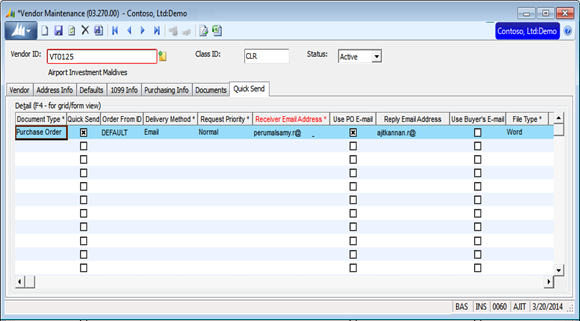DB upgrade from SL 7 to SL 2011SP2:
- If you upgrade the DB from SL 7 to SL 2011 SP2, some alignment issues will be face. After fix the alignments issues and export the latest customizations.
- For testing purpose, delete the customization level for the particular screen ID in Customvba table and Re-import the CST file.
In this scenario’s face problems:
a. Customizations have “versions”. The newest version is 6.
b. The export customizations that haven’t been updated to version 6, you can’t be able to re- import the CST file you just created. You will get an event log like this:
“System Message 5016: Operation aborted, data is not formatted correctly. Data
Row contents: Source: 0”.
To get around this:
As always, have a good backup of your environment before making any changes
* Export the customization, but don’t check the “export VBA as source” checkbox
* Edit the file and remove the “Source: 0” line(s)
3. Then you can re-import. But in this scenario doesn’t not work for DB upgrade
Export the Customization from
SL 7 and Import to SL 2011 SP2:
- Export the Customization from SL 7 environment with level like (All user, One group, One user, Supplemental, Self) and import the customization to SL 2011 SP2 environment
- Launch the particular screen and customize the screen, then fix the alignment issues automatically version has been updated to 6 and export the latest customizations.
- Then delete the customization level for the particular screen ID in Customvba table
- Then you can re-import customization. Its working fine
SQL Force SL to upgrade it to
version 6 first:
1. Run the following in SQL:
Ø
Update CustomVBA set Version=Version+1000 where Version<1000
2. Open each customize screen and close
Ø
At this point, the version
should update to 6.
3. Now export the customization.















